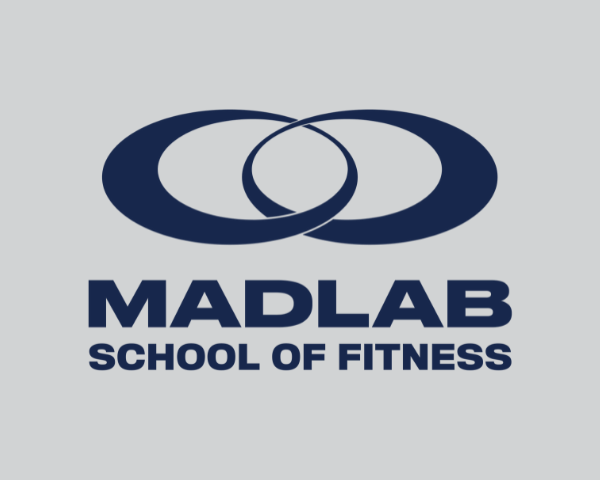DO YOU REALLY NEED, OR EVEN WANT, A SUCCESS MANAGER?
So you’re a gym owner and you know client retention is important, but currently you’re the only person invested in and responsible for making sure clients don’t quit.
The result is you keep losing clients.
You have a problem and you know it.
Alas, the thought of hiring a client success manager (CSM) seems like a no-brainer, as it means having someone on the team whose entire job is client retention.
And so many independent gym owners have started hiring client success managers in recent years, whose job is to keep members accountable to their commitment to fitness, and help them assess and reassess their goals, especially in the first 90 days when new clients are the most susceptible to fall off.
Problem solved, right?
Not so much.
We work with gym owners who have gone down the client success manager route, and they all say the same thing: It hasn’t worked as they hoped.
Why?
Think about it from the client perspective: A random person they don’t have a relationship with, who they maybe have never even met in person, calls them up to see how they’re doing? To ask why they haven’t been to the gym in a week. To inquire whether they have been going to bed at a consistent time each night and eating enough protein.
The client’s response is often just a big fuck off, you weirdo…
Turns out a client success manager, as nice as the idea sounds, isn’t what’s going to keep your clients around long-term. It’s but another misguided quick fix solution to plug a hole.
The real solution comes down to developing coaches.
In short, the reason you’re stuck at a certain number of members, the reason you keep losing members, and ultimately the reason you aren’t making a profit might be because:
1. Your coaches are compensated by the hour, usually to coach a group class (Thus, their only responsibility is during that one hour when they're coaching the class), so they don’t care about client retention.
2. You’re doing all the heavy lifting and are the only one focusing on client retention (and client acquisition). Essentially you have a terrible responsibility, as you’re the only one doing all the things, so growth becomes really challenging past a certain point.
3. Your coaches aren’t able to make enough money so they don’t stay coaching at your gym for years (We consider enough money to be a professional living, a professional living being = > Median Household Income x 1.25).
4. You’re getting burnt out because you can only maintain so many relationships, coach so many classes, etc to the point that it has become unmanageable and you don’t have any profit to show for it.
5. You start trying to plug the holes by turning to the latest and greatest marketing company, or hiring a client success manager, or introducing a new software solution that promises to nurture leads and retain clients through automations (as well as other stop gap measures allegedly designed to plug the holes to take tasks off your plate).
The solution to all of the above: Train four coaches to handle all of the above
What it looks like in practice:
1. Coach Compensation: Pay your coach based on their ability to bring on and retain clients (rather than by-the-hour to coach a class) through fostering real relationships with them (aka performance-based pay).
a.) Your coaches will naturally be more invested in client acquisition and client retention now, as their paycheque depends on it, and this will free you up from doing all the heavy lifting.
b.) Under this system, coaches are able to make a professional wage (Read more about Coach Tom and Coach T-Bear’s journeys to earn six figures). This provides them the opportunity to pursue a long-term, full-time career at your gym.
c.) With a team of coaches invested the way you are as the owner, you’re able to avoid burnout and focus on building the business, rather than running around like a chicken with your head cut off trying to just keep things afloat.
2. Coach Development: Teach your coaches how to make money
3. Put your coaches through a coach development process that teaches them how to acquire high paying clients (the sales process largely comes down to teaching coaches how to communicate and enroll people in your service)
4. Teach your coaches how to retain clients
5. Teach your coaches how to increase client value (this includes teaching them how to roll out a rate raise)
6. Teach your coaches about account management and time management, so they can be as effective as possible
7. Coach Co-op: (Read more about the Madlab Coach Co-op here): Putting a coach co-op in place means scaling the group class model so coaches can now make $80-$120k per year, as they share the class load (as well as other duties between them) between them and take care of each other’s clients in their classes
8. A coach co-op also means coaches can take five weeks of paid vacation, as they cover for each when another one is away (again, sharing the load so no one coach is overburdened if a another is on vacation)
9. A coach co-op also means coaches can take sick days, or go on short term disability if they need to (such as for a major health issue or a death in the family) and still get paid.
Needless to say, under the above system, as the gym owner you no longer need to look for the quick fix like a client success manager to plug the holes, as you and your coaching team are working together to service your clients through real relationships, creating a sustainable business that can service more clients well and ultimately earn a real profit.
If you found this article helpful and would like to see exactly how these types of strategies could improve your sales and dramatically increase your revenue on a consistent basis,
Menu
Contact Us
1980 Clark Drive
Vancouver, BC Canada
V5N 0A9
info@madlabbusiness.com
Follow Us

Copyright © 2023 Madlab Business. All Rights Reserved.

